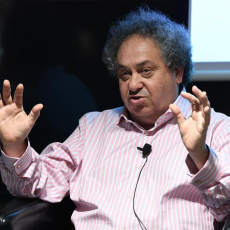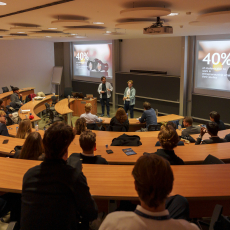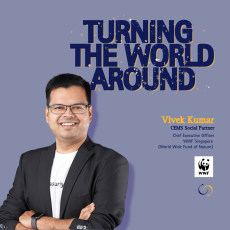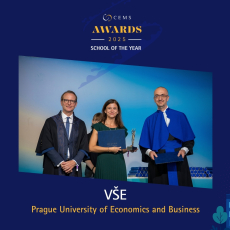To support its growth and commitment to customer service, the company offers its customers the possibility to seek remediation in the case of service failure. Customers can employ a variety of mechanisms that include in-App support, chat, email and, in the last instance, phone calls to the call center. A “contact” is made whenever a customer calls the call center to address a service failure. The contact rate is not only a proxy for the service failure rate, but also a significant cost driver. The key task for the CEMS student team was to reduce the contact rate for 3 of the most prominent “issues” in the service delivery.
The team’s first step was to understand the full range of factors that result in contacts via:
1. Day in the Life of the Courier: a hands-on experiential understanding of operations
2. 266 micro-steps: identification of the exact moments the processes failed by disaggregated the 9-step customer journey framework (from placing the order to receiving it) into 266 distinct micro-steps.
3. 18 Discovery Meetings: with a variety of different actors (couriers, restaurants, head office, etc.) to identify the exact triggers of service failure
4. 5000+ tickets: To quantify these pain points, the team complemented their work with in-depth analysis of more than 5,000 recorded instances of customers having made a contact.
Through these actions, the team identified 53 distinct factors (‘pain points’) that cause ‘contacts’. Based on their findings, the team realized they could dramatically increase their impact on the number of contacts not just by reducing the contact rate, but also by reducing the volume of service failures.
Breakthrough Solutioning
In its standard way of working, the company seeks to reduce the contact rate one issue at a time and focuses on resolving the issue's ‘pain points’ one at a time. By contrast, the team adopted a far more transformative approach: they dug beyond the 53 pain points they initially found to identify the deeper root causes responsible for these pain points. Their findings were striking:
1)They found 6 ‘root causes’ that helped explain all 53 pain points.
2)Several of the root causes spanned across many issues at the same time, which was significant because addressing root causes could help solve several issues at the same time
As a result, the team worked much more efficiently and laid a foundation that would ultimately result in solutions with significantly broader scope and impact than was originally envisioned. The team had sparked a fundamental change in how their client organization approaches the contact rate problem. From now on the client organization could be far more effective and efficient.
The project offered an excellent opportunity to the students to take up the assignment and develop their own angle – in collaboration with the client organization – and hone their analytical and consultancy skills. This is exactly how top rate management consultants would have approached the problem: combination of analytical rigor with extensive insight into the actual operations.
“Having a practitioner's background, my number 1 priority as faculty is to help students acquire high impact skills that they can immediately deploy in a professional environment. Coaching CEMS teams helps me create a powerful 360 feedback loop with my teaching materials: I can find out what works/doesn't work based on where students are in their learning journey and adjust them accordingly. My deepest satisfactions come in three forms: from students' aha! moments when a concept suddenly clicks, when they push themselves out of their comfort zones, and when they glowingly tell me how their work is moving the needle and shifting their clients' mindsets. Working with CEMS teams is incredibly gratifying because their talent and motivation regularly produce these moments of satisfaction!” Says professor Nicolas Constantinesco, the academic supervisor for this project, a former consultant from McKinsey and KPMG.
"The unique combination of teaching theoretical foundations whilst providing a hand-on approach of the CEMS master gave us the confidence needed when dealing with both academic and corporate staff. The guidance of both our academic coach, Nicolas Constantinesco, and our corporate coaches, Eva Odenthal and Ginko de Franzoni, also played a fundamental role in this. Their knowledge and experience helped us in delivering our project efficiently and effectively. ", says CEMS student Francesca Barberio.



